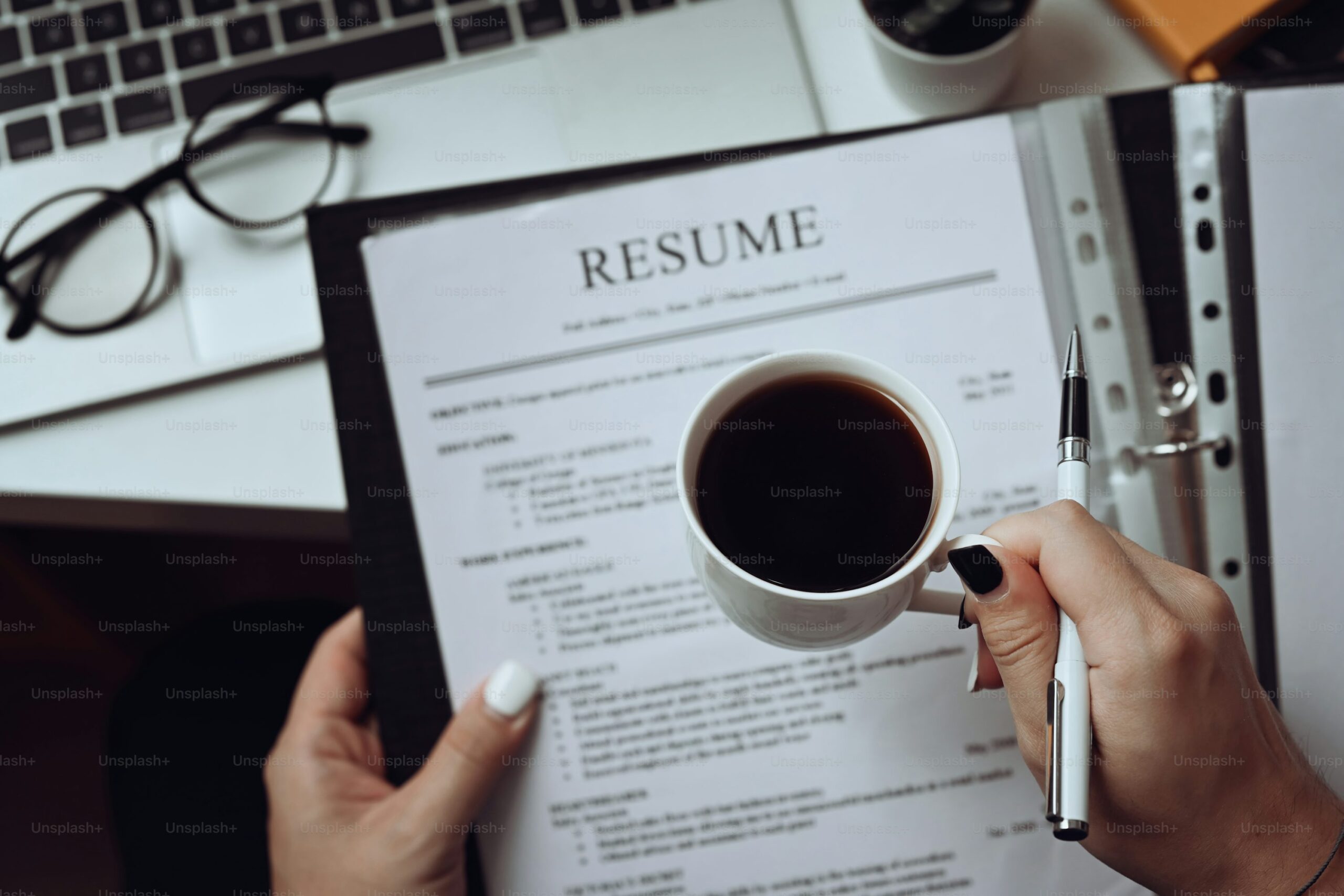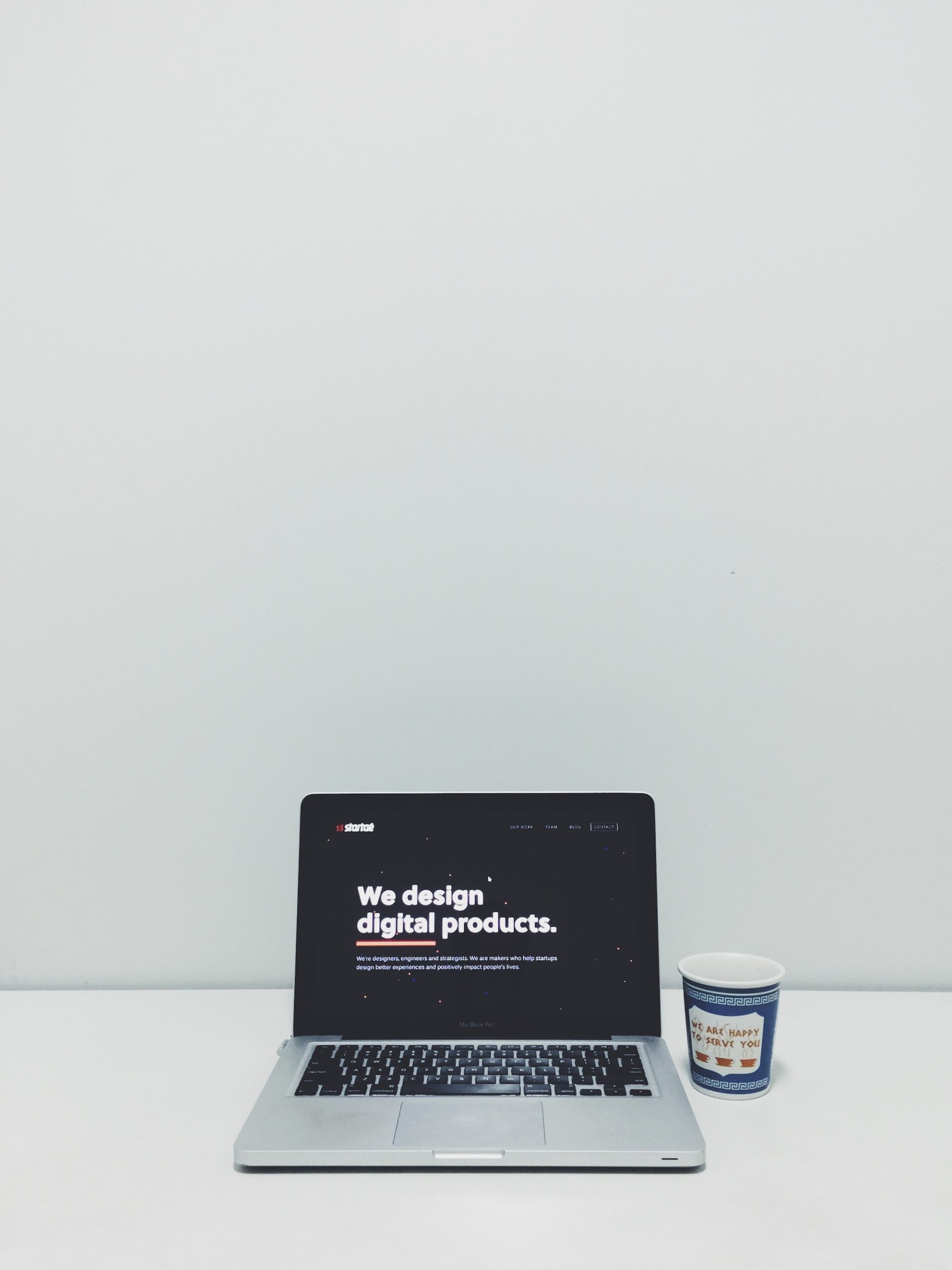Creating a professional resume can feel like a big challenge, but I’ve learned that it is one of the most important steps in landing the job you want. Your resume is more than just a list of jobs and skills—it is your personal marketing document. It tells a story about your career, your strengths, and your goals. When done right, it can open doors to opportunities that might have otherwise passed you by.
In this guide, I’ll walk you through a step-by-step approach to creating a resume that stands out in a crowded job market. I’ll share tips, real-life insights, and useful resources that have helped me and many others build a resume that not only looks professional but also speaks directly to recruiters. With some careful thought and a bit of effort, you can create a resume that truly represents who you are as a professional.
Understanding the Role of a Professional Resume
A resume is like your personal handshake with a potential employer. It provides a quick look at your background, skills, and accomplishments. According to a CareerBuilder study, recruiters spend an average of just 6 seconds on each resume. This means that you have only a brief moment to capture their interest. It is essential to keep your resume clear, concise, and tailored to the job you are applying for.
Step 1: Know What the Employer Is Looking For
Before I start crafting my resume, I spend some time reviewing the job description carefully. I look for keywords and skills that the employer values.
For example, if a job listing emphasizes project management or customer service, I make sure that my resume highlights my experiences and accomplishments in those areas. Matching my skills with what the employer is seeking can significantly improve my chances of getting noticed.
Step 2: Choose the Right Format
The format of your resume plays a big role in how easy it is to read. Here are some common formats:
Just Before You Go
Empower individuals to overcome barriers, gain essential skills, and secure gainful employment through our proven programs—KeelMaster, KeelWings, and KeelMate. Your support can spark change and build brighter futures.
Donate Now- Chronological Resume: Lists your work history starting with your most recent job. This format is great if you have a steady work history.
- Functional Resume: Focuses on your skills and experience rather than your work history. This is useful if you are changing careers or have gaps in your employment.
- Combination Resume: Merges both chronological and functional styles. It allows me to showcase my skills at the top and then provide a detailed work history.
Choosing the right format depends on your career situation and the job you’re applying for.
Step 3: Structure Your Resume Clearly
A clear structure helps the reader find important information quickly. Here’s a layout I often use:
- Contact Information: Include your name, phone number, email, and LinkedIn profile if you have one. Make sure your email sounds professional.
- Summary or Objective: A brief statement that explains who you are and what you’re looking for. I like to keep it to two or three sentences.
- Skills: List skills that are relevant to the job. Be honest and focus on the ones that match the job description.
- Work Experience: List your previous jobs, starting with the most recent. For each role, mention your job title, the company’s name, dates of employment, and a few bullet points on your responsibilities and achievements.
- Education: Include your degrees, certifications, or any relevant training.
- Additional Sections: Depending on your field, I might add sections like Projects, Volunteer Work, or Certifications to highlight other relevant experiences.
Step 4: Tailor Your Content
One of the keys to success is customization. I avoid sending the same resume to every employer. Instead, I tweak my resume to align with each job description. This means:
- Using Keywords: Many companies use automated systems to scan resumes. By including keywords from the job posting, I increase the chances that my resume gets through these filters.
- Highlighting Relevant Experience: I make sure that the most relevant experiences and skills are at the top of each section.
Step 5: Focus on Achievements, Not Just Duties
Rather than simply listing what I did in each job, I focus on what I accomplished. For example, instead of saying “Managed a team of salespeople,” I might say “Managed a team of 10 salespeople, resulting in a 15% increase in quarterly sales.” Numbers and results make your accomplishments more tangible.
Step 6: Keep the Design Simple and Professional
I like to keep my resume design simple. A clean layout with plenty of white space makes it easier to read. Here are some design tips:
- Font: Use a simple, professional font like Arial, Calibri, or Times New Roman.
- Font Size: Use 10-12 point font for the body text.
- Margins: Keep the margins around 1 inch on all sides.
- Bullet Points: Use bullet points to list responsibilities and achievements. This makes the information more scannable.
- Consistency: Make sure that the style is consistent throughout your resume. This includes the way dates and job titles are formatted.
There are many free resume templates available online that can help with design. For example, sites like Canva and Novoresume offer templates that are both free and professional.
Step 7: Proofread and Edit Carefully
A resume with errors can hurt your chances. I always take the time to proofread my resume and often ask a friend or mentor to review it too. Small mistakes can create a negative impression, so I make sure everything is clear and error-free.
FAQs
How long should my resume be?
Most professionals find that one page is enough if you have less than 10 years of experience. If you have more extensive experience, two pages may be acceptable. The goal is to be concise and relevant.
Should I include a photo on my resume?
In many regions, it is not standard practice to include a photo due to anti-discrimination laws. However, if you’re applying for a job where appearance is part of the brand (like acting or modelling), a photo may be acceptable.
What if I have gaps in my employment history?
I address gaps by focusing on the skills and experiences I gained during those periods, such as freelance work, volunteer activities, or further education. It’s important to be honest and, if necessary, explain the gap briefly in your cover letter.
How often should I update my resume?
I review my resume every few months, especially after completing a big project or taking on new responsibilities. Keeping it up to date ensures that I’m always ready for new opportunities.
Further Resources
If you’re looking for additional help, here are a few resources I have found useful:
- Indeed Career Guide: Offers resume samples and tips for different industries.
- The Muse: Provides advice on tailoring your resume for specific jobs.
- LinkedIn Learning: Has courses on resume writing and personal branding.
These resources have helped me gain new insights and refine my resume further.
Bringing It All Together
Creating a professional resume is a mix of art and strategy. I find that by paying attention to both the content and the design, I can present myself in the best light. Your resume should tell the story of your professional journey, showing both your skills and your personality. It’s not just about listing jobs; it’s about demonstrating how you can bring value to a future employer.
Every detail matters—from the words you choose to the overall layout. I always remind myself that the resume is a living document. It evolves as I do, and it should be updated regularly to reflect my latest achievements and skills.
By taking the time to tailor my resume for each job application, I ensure that the document speaks directly to the needs of the employer. I have found that small changes—like using specific keywords or highlighting particular achievements—can make a big difference in how my resume is received.
Remember, your resume is the start of your professional story. It’s the tool that opens doors and creates opportunities. I encourage you to take your time, be honest about your experiences, and design a resume that truly reflects who you are.
Now, I’d love to know: What is the one element you think makes a resume stand out the most?
Just Before You Go
Empower individuals to overcome barriers, gain essential skills, and secure gainful employment through our proven programs—KeelMaster, KeelWings, and KeelMate. Your support can spark change and build brighter futures.
Donate Now



